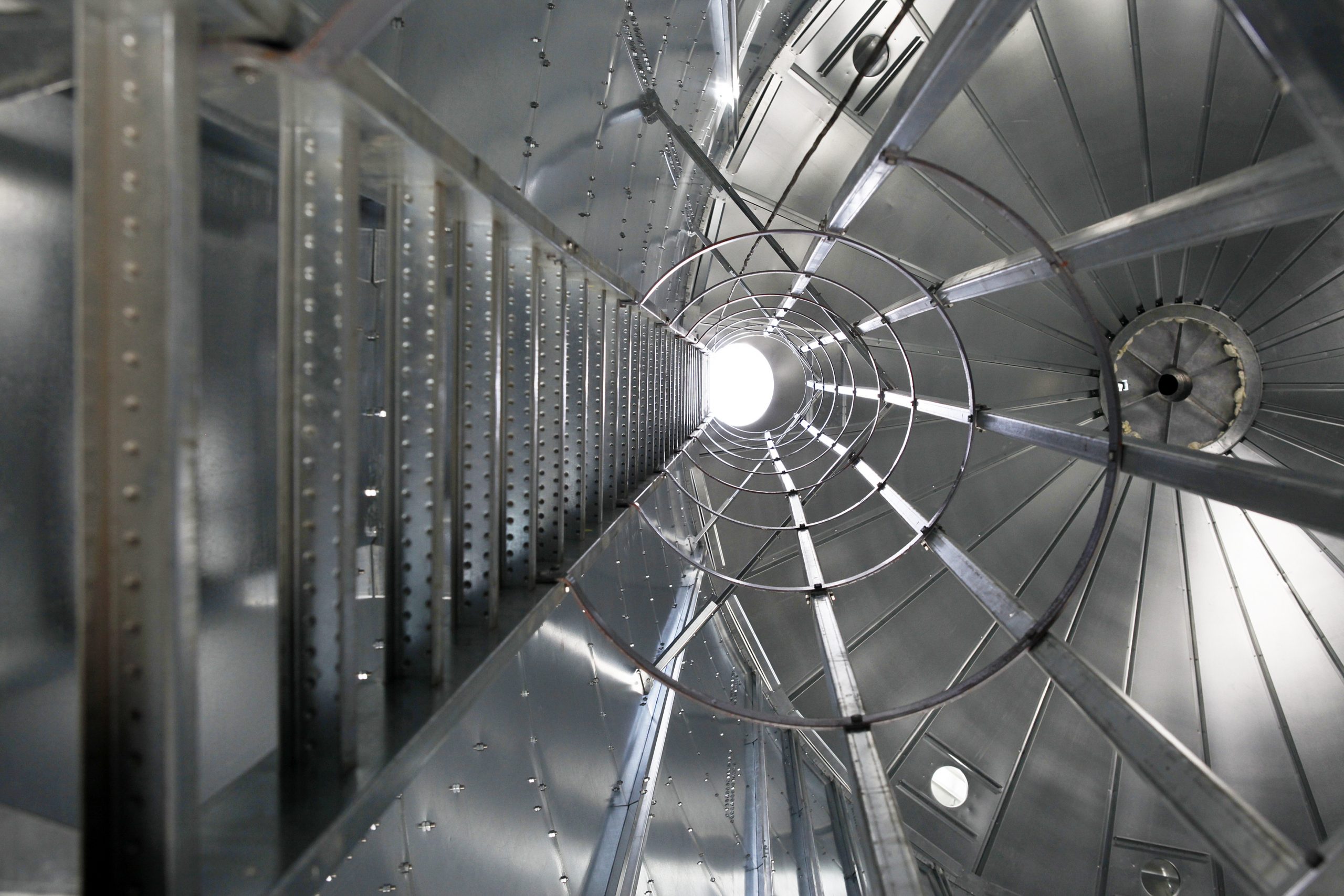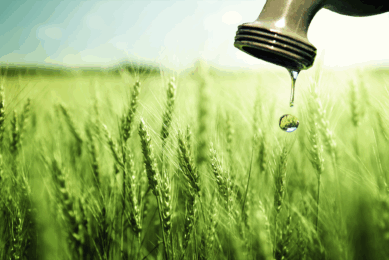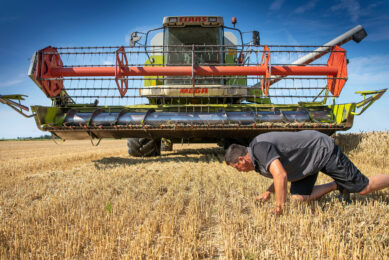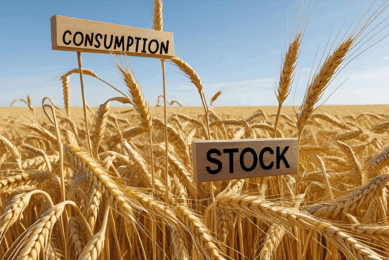Mycotoxin sampling in silos: 2 methods tested

Sampling is key in mycotoxin control. A team of Brazilian researchers put 2 different sampling methods to the test in maize and wheat silos.
The storage of cereals in vertical silos, whether or not equipped with temperature control and aeration, is a common practice throughout the world to preserve grain quality and safety. However, it is still possible that the cereals become contaminated with mycotoxins. The problem is that mycotoxin contamination of stored cereals often occurs in a highly heterogeneous manner. It is therefore key to use representative sampling to minimise analytical errors.
4 maize silos and 2 wheat silos
The objective of this study, in press for the World Mycotoxin Journal, was to compare mycotoxin analysis in stored maize and wheat using 2 sampling processes. Samples were obtained from 4 maize silos and 2 wheat silos. Samples of maize and wheat grains stored in silos, containing approximately 1000 tons of maize or wheat in each silo, were collected. The silos structures were identical (Ø=12 m, wall height =12.5 m and roof height =3 m), but the maize silos had temperature control and automated aeration while wheat silos had only manual aeration control.
The full length of parts of the silo
For sampling, a pneumatic probe was introduced in the centre and at the 4 central points of each quadrant, from the top to the bottom of the silo (12 m). In sampling process B, a single large sample that spanned the height of the silo was taken, whereas for sampling process A, the sample was split into 3 (upper third, middle third and lower third of the silo). The pneumatic probe was introduced 3 times at 5 points in each silo to give 45 global samples for process A and 15 global samples for process B, totalling 240 global maize samples and 120 global wheat samples in this study.
Keep up to date: Find out here all you need to know about mycotoxins, regulations for mycotoxins and much more!
Results of the mycotoxin detection tests
LC-MS/MS was used for analysis of aflatoxins (AF), fumonisins (FB), zearalenone (ZEA) and deoxynivalenol (DON) in maize and DON and ZEA in wheat. Sampling procedures were compared with respect to the variability of the collected data. AF, FB, ZEA and DON were detected in 77.5, 100.0, 56.7 and 0.0% of the maize samples, respectively, and the mean concentration differed significantly between silos. In wheat, 100.0 and 97.5% of the samples were contaminated with DON and ZEA, respectively, and there was no significantly difference in mean concentration between silos.
Difference between sampling methods
Mycotoxin analysis performed in maize samples obtained using A and B sampling procedures exhibited the same variability. For wheat samples, process A provided lower variability for DON detection than process B. However, considering the silo as a whole, the 2 sampling procedures yielded samples that were similarly representative. The A or B sampling processes are both applicable in practice by the industry and may increase confidence in purchasing, sales and grain destination, increasing security in commercial transactions and adding value to stored grain.
Source:
World Mycotoxin Journal











